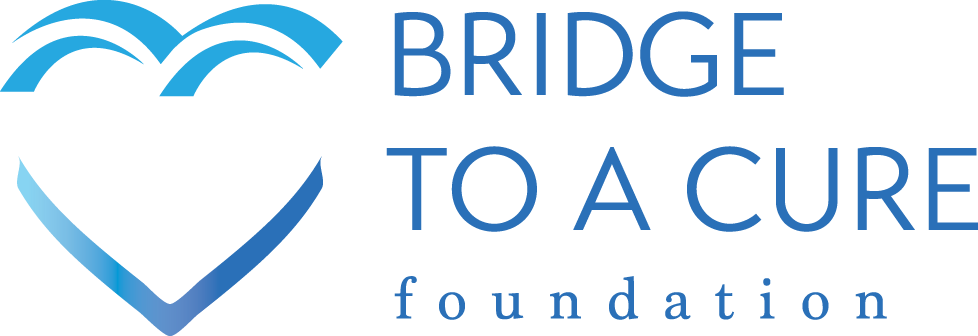Childhood cancer is a complex disease that can manifest in various forms, each with its unique characteristics and challenges. Traditional research methods have provided valuable insights but often fail to unravel the intricate biological mechanisms underlying these diseases fully. To address this, scientists are turning to a groundbreaking approach known as multiomics.
What is Multiomics?
Multiomics is a comprehensive research strategy that simultaneously analyzes multiple layers of biological information, including:
- Genomics: The study of an organism’s complete set of DNA.
- Transcriptomics: The study of the RNA molecules produced by an organism.
- Proteomics: The study of the proteins produced by an organism.
- Metabolomics: The study of the small molecules involved in metabolism.
By integrating these different data sets, researchers gain a more holistic understanding of the biological processes involved in disease development and progression.
Bridge To A Cure Foundation and Multiomics Research
The Bridge To A Cure Foundation is committed to advancing childhood cancer research and improving treatment outcomes. By supporting multiomics research, the foundation is helping to drive significant advancements in this field.
One key benefit of multi-omics research is its ability to identify new therapeutic targets. By analyzing childhood cancer cells’ genetic, transcriptomic, proteomic, and metabolomic profiles, researchers can uncover specific molecular pathways essential for tumor growth and survival. This information can then be used to develop targeted therapies that selectively attack cancer cells while minimizing damage to healthy tissues.
Another important application of multiomics research is the development of personalized treatment plans. Traditional treatment approaches often involve a one-size-fits-all approach, which may only be optimal for some patients. Multiomics can help identify biomarkers predicting how a patient will respond to a particular treatment. This information can be used to tailor treatment plans to each patient’s specific needs, potentially improving outcomes and reducing side effects.
Challenges and Future Directions
While multiomics research holds great promise for advancing childhood cancer research, it also presents significant challenges. One of the main challenges is the sheer volume of data generated by these studies. Analyzing and interpreting this data requires sophisticated computational tools and expertise, which don’t come cheaply. Additionally, there is a need for standardized protocols and data-sharing initiatives to ensure that multiomics data can be effectively compared and integrated across different research groups.
Bridge To A Cure is tackling these complex challenges head-on by funding the Children’s Brain Tumor Network (CBTN) with $200,000 to explore data-driven solutions, including AI-powered tools, to streamline the extraction and analysis of electronic health records (EHR) data.
The Bridge To A Cure Foundation believes in advanced research approaches, like multiomics research, working tirelessly to improve the lives of children battling cancer. By supporting this groundbreaking approach, we can accelerate the development of new and effective therapies that ultimately lead to a cure.






